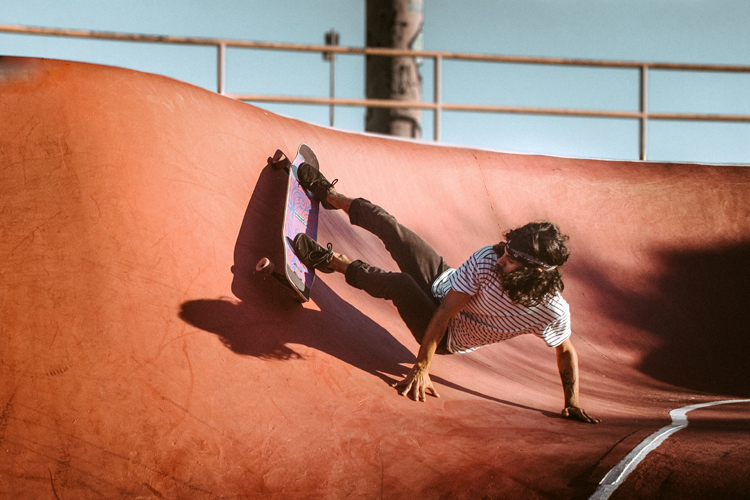Back in the day, there were very few decisions that had to be made regarding what types of wheels would be the hot ticket for skating.
At first, we just had steel, and all we could do was hang on for our lives.
Next came a slight improvement with clay wheels, and then the floodgates began to crack open with the advent of polyurethane for skate wheels.
That major revelation happened over 40 years ago, and since then, wheel technology has exploded.
Today, this explosion has left us with an enormous matrix of choices regarding skate wheels.
But with all of these choices have come plenty of misconceptions and misinformation about what wheel works best for what types of skating.
It's not simply a material choice anymore.
Compounds, geometry, hubs, sizes, and aspect ratios must now be considered when setting up your ride.
With so many different types and styles of skating evolving all of the time, this further makes a choice more difficult.
A wheel that might work stellar for one type of skating may be a total abortion for another.
In this article, the goal is to dispel many of the misconceptions about wheels that abound by delving into the hows and whys of wheel science.
Wheel manufacturers often only publish the diameter and hardness of their wheels.
This lack of information makes it a little difficult to make an informed decision on what wheel will allow you to dial in your setup for a particular type of skating.
Defined below are several factors of wheel performance that need to be pondered before making your final choice.
We have nailed things down to nine specific areas of wheel performance.
These are construction, strength, energy return, rolling resistance, lateral traction, abrasion resistance, rotational inertia, heat transfer, and economy.
All of these properties can be easily measured, both quantitatively and qualitatively. Let's see how this all unfolds.
1. Construction
One-piece solid urethane construction
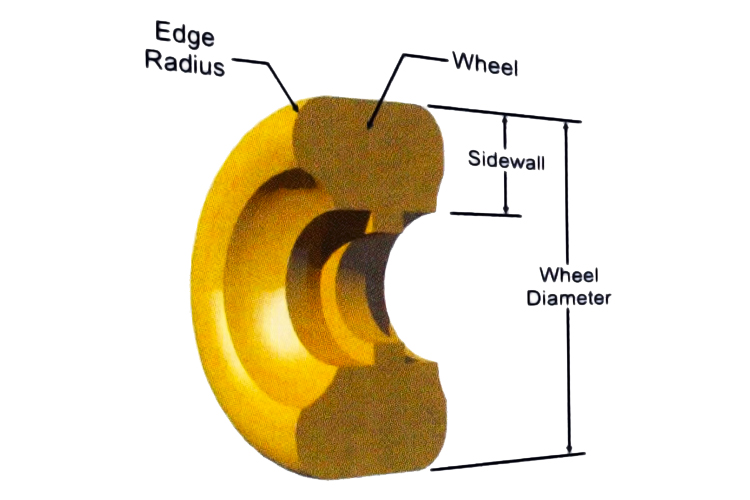
This is perhaps the most common wheel construction around.
While it works well for small-diameter, new school wheels, the high lateral deflection of the tall sidewall leaves a lot to be desired if this construction is applied to a larger diameter range common to longboard applications.
Not to mention poor heat transfer properties and non-rigid bearing bores.
Two-piece bonded hub construction
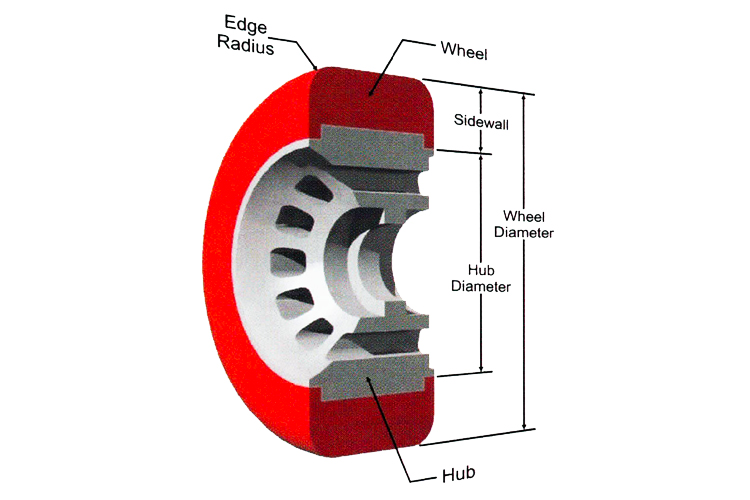
This type of construction is analogous to the wheel and tire of your car - a urethane wheel encapsulates a solid, hi-strength plastic hub.
Due to the relatively low urethane sidewall height, this wheel tends to be much more rigid and stable laterally and, if defined properly, can have nearly as little rotational inertia as a solid wheel.
Definitely the hot ticket for larger-diameter apps.
Three-piece bonded hub and dual compound wheel
It's a technology borrowed from the inline industry.
Basically, this construction is quite similar to the two-piece construction, except that two different urethane compounds are used in the wheel area as a composite to reap the benefits of each.
The jury is still out on this one.
2. Strength
A high-strength wheel will tend to resist delamination (failure of the bonded hub), enlargement of the bearing bores, tearing of the urethane, chunking of the urethane, and any combinations of the above in all load conditions.
3. Energy Return
While rebound is a strict property of the urethane compound, energy return is a property that involves compound rebound, wheel construction, and wheel geometry.
Energy return is directly proportionate to how lively and how fast a wheel is.
Rebound is measured by dropping a small shaped mass from a given height onto a specifically sized specimen of the urethane compound and recording the height that the mass bounces back up to.
The return height over the initial drop height is the rebound of the compound expressed in percent (Bashore Rebound ASTM: D2632-96).
A high rebound compound coupled with the low sidewall height of a bonded hub construction wheel will lead to the highest energy return.
This can further be enhanced with subtle geometry refinements of the sidewall shape.
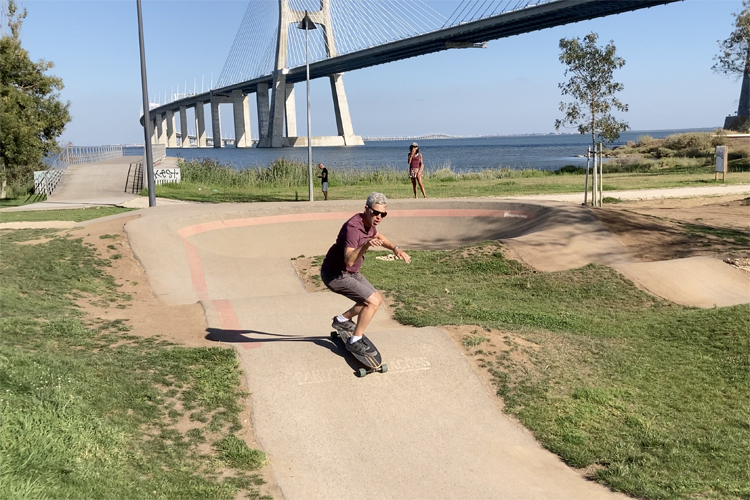
4. Rolling Resistance
The rolling resistance of a wheel over a given type of terrain is dependent on the coefficient of friction between the wheel and the terrain, the contact surface of the wheel, the size (contact width and diameter) of the wheel, and the smoothness of the terrain.
Friction is inversely proportionate to the urethane's hardness (Shore A and D).
To a point, a harder wheel will roll with less resistance than a soft wheel.
This relationship becomes divergent as the terrain irregularities increase (we've all been stopped in our tracks by a large pebble or crack in the ground).
At this point, a softer wheel will tend to roll easier as it will soak up the irregularities, although at a trade-off of increased friction.
As a wider wheel will have a greater footprint, it will also have greater friction than a narrow wheel.
A larger diameter wheel will also have less dynamic and static rolling resistance, so this is where we can make up a lot from the above trade-off.
5. Lateral Traction
Lateral traction is the resistance of a wheel to breaking loose due to high lateral forces, i.e., cornering.
Lateral traction is driven by compound, geometry and sidewall height/construction.
As discussed earlier, soft compounds have much more friction than hard compounds.
It is this lateral friction that makes wheels stick.
The problem is that soft compounds also flex a lot too.
This flex can cause a tall sidewall to momentarily fold over during high lateral forces. When this happens, 100 percent of all traction is gone, and you will slide.
A shorter sidewall will remedy this situation as there is less of a moment arm working to flex the wheel under the same applied force.
Low-profile tires on racecars address just this.
Further enhancements to stable lateral traction come from refined wheel geometry, such as radiused edges and a more centric bearing location.
A radiused edge will allow the wheel to laterally hold its position better on a rough surface, whereas a sharp-edged wheel will tend to load and skip on a rough surface, thus resulting in total traction loss.
Also, remember that increased friction will lead to a hotter running wheel, which can end as a melted wheel in extreme conditions such as downhill.
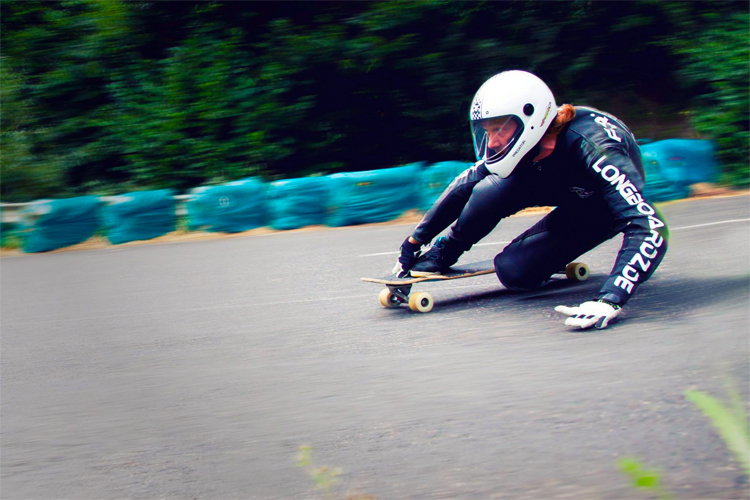
6. Abrasion Resistance
Abrasion resistance is strictly a property of the urethane compound.
Typically, harder compounds offer more abrasion resistance than softer ones, but certain chemical modifiers can be blended into the compound to alter this.
7. Rotational Inertia
Rotational inertia is the tendency of a wheel to remain in a steady state, whether that is still or rotating at a given angular velocity.
A wheel with high rotational inertia will act like a fly-wheel, i.e., it will tend to accelerate slowly and/or decelerate slowly as it is poised to store energy.
Solid one-piece wheels of a small diameter will have the least rotational inertia, whereas large-diameter bonded hub wheels with a large sidewall will have the greatest inertia.
8. Hysteresis and Heat Transfer
A skate wheel operating at high angular velocities at high radial or lateral loads will produce a great deal of heat.
This phenomenon is known as hysteresis.
If this heat is not efficiently dissipated, it can cause the temperature of the wheel to approach the melting point of the urethane.
The circumstances of a melted wheel are obvious, but even before the wheel reaches this point, the mechanical properties of the urethane are greatly reduced with the introduction of excessive heat.
Chunking, tearing, delimitation, softening, and creep all occur with heat build-up.
Heat transfer is the ability of a wheel to radiate any heat build-up away from the mass of urethane.
The greater the mass of urethane, the more difficult this becomes, as urethane itself is a poor conductor of heat.
This is why one-piece urethane wheels are a bad idea if the wheel is to see any of the above-mentioned criteria for an extended period.
Bonded core wheels will typically have a lesser cross-section of urethane and, hence, less of a tendency to build up as much heat.
Another benefit of this construction is that the core, especially an aluminum core, will tend to carry the heat away from the urethane.
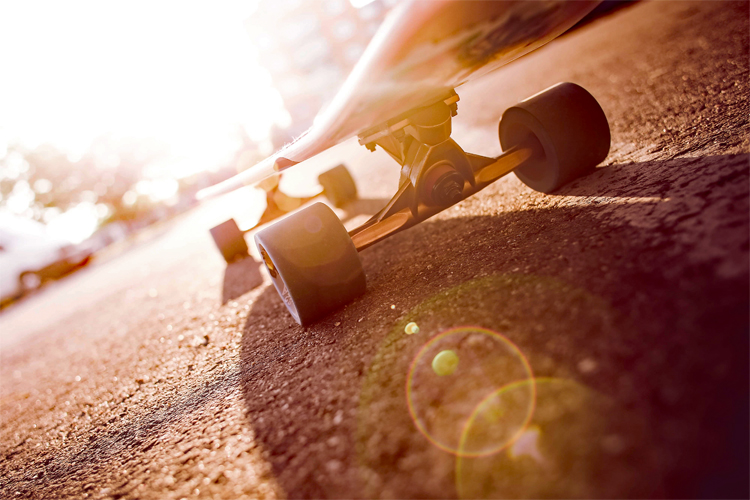
9. Economy
This is a no-brainer here - you pay for performance.
But don't waste your hard-earned bucks on a wheel whose performance potential will never be called upon for your style of skating.
Now, what does one do with all of this newfound knowledge?
Well, let's itemize them in order of importance with regard to the type of skating you're setting up for:
Downhill
- Solid construction;
- High strength, lateral and radial;
- Sidewall stiffness;
- High energy return;
- Low rolling resistance;
- High lateral traction;
- Good heat transfer;
Carving
- Solid construction;
- High strength, lateral and radial;
- Abrasion resistance;
- Sidewall stiffness;
- Minimal rolling resistance;
- High lateral traction;
Sliding
- Solid construction;
- High strength, lateral;
- High abrasion resistance;
- Low lateral traction;
- Low energy return;
- Good heat transfer;
Pools and Pipes
- High energy return;
- Low rolling resistance;
- Low rotational inertia;
- Solid construction;
General Transportation/Cruising
- Abrasion resistance;
- Economy;
- Low rolling resistance;
- High energy return;
Words by Jarrett Ewanek (1969-2009) | Street Luge Racer and Author at International Longboarder Magazine
